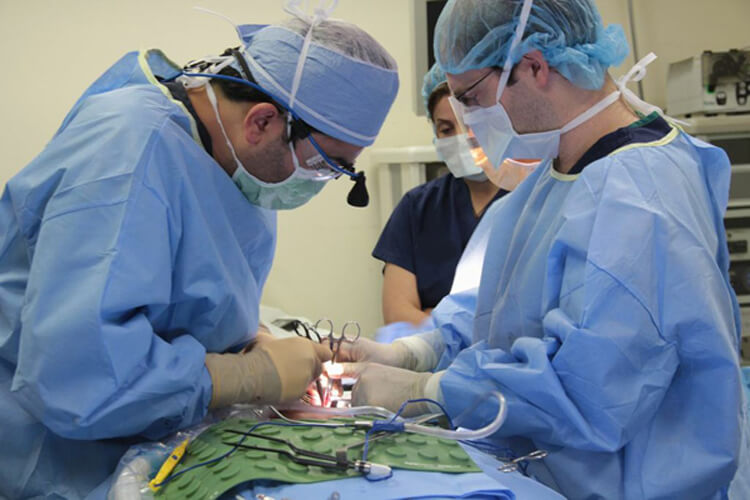Cranial nerve decompression is a neurological procedure that treats trigeminal neuralgia, a pain syndrome that is accompanied by severe and intense episodes of face pain as well as hemifacial spasms.

Cranial nerve decompression is a neurological procedure that treats trigeminal neuralgia, a pain syndrome that is accompanied by severe and intense episodes of face pain.
Patients that would most likely achieve positive benefits from cranial nerve decompression have a classic form of trigeminal neuralgia. The diagnosis for this condition is made based on a patient’s symptoms, as there are no blood tests that will make the detection. Some of the newer magnetic resonance imaging (MRI) techniques might allow visualization of vascular compression of nerves. Once a patient improves with cranial decompression, he or she is likely to have significantly reduced pain or no pain at all. The pain is characterized as being electrical and intense and can be triggered. Triggers can include but are not limited to light touch, eating and talking.
Cranial nerve decompression is widely accepted as a treatment with a low risk of pain recurrence and high level of success.
Here are some risks involved with this procedure which include but are not limited to bleeding, infection, clots or anesthetic reactions. A complication with cranial nerve decompression can be nerve damage, however, this complication is rare.